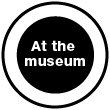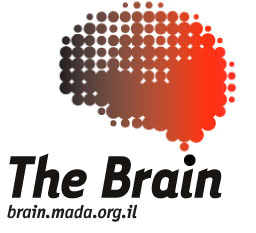


 |
||
 |
||
|
Each of these pictures contains more than one image. Can you see both of them? Do you have control over which image you see? The brain uses the information it has about the world to find meaningful images in the picture. Each of these pictures has two possible "meanings". The human perceptual system is not designed to supply different interpretations for the same stimulus. Therefore, our perception switches back and forth from one interpretation to another. To identify a familiar object out of a jumble of outlines, the brain "joins together" several lines that form a familiar image, and it treats the other lines as background. In this illusion, there are two different ways of putting the lines together to create a familiar image. Since the two images are partially intertwined (using the same lines to create their own outline), we are unable to "see" both at the same time - even though the picture reaching our eyes never changes. This illusion demonstrates that what we perceive is not determined only by the picture that reaches our eye's retina. Our brain is also busy analyzing the picture to determine which object to identify. It uses the information stored in its memory to present us with a picture that has meaning. We also have control over what we see by purposely concentrating on one of the two possible images. This familiar version of the young/old woman illusion was discovered on an unsigned postcard in Germany in 1888. No one knows who drew the picture. 
Related exhibits:
|
||

 A Pair of Images
A Pair of Images